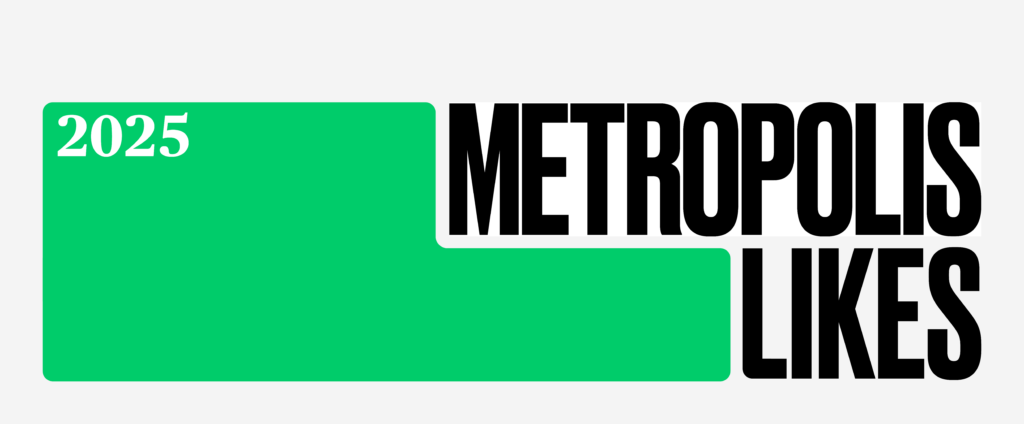
February 2, 2022
Will the Metaverse be Accessible?
Despite the media hype describing the metaverse as a place, the truth is, it is actually a way of using technology. The term in fact describes the ability to move through endless connected virtual worlds to do all of the things we currently do separately—meet via Zoom, buy things, scroll Instagram, play games. The metaverse won’t become possible all at once; rather, the digital platforms that already seem immersive will become even more so. Those with access to technologies like augmented reality glasses (yep, those are making a comeback) and virtual reality (VR) headsets will be able to make the most out of these experiences. This means the limits of those technologies will carry over into the metaverse as well.
Take VR headsets, for example. Despite decades of development, they are still quite expensive to own and bulky to wear, and the content they present is mostly geared to sighted, hearing people. The more immersive VR experiences become, the more parts of the body they involve—hands to hold controllers, even legs and arms to feed information into the virtual game or activity. But what if you can’t see, hear, speak, or move easily? What if you have a sensory processing disorder, or severe anxiety? What if you’re one of the large percentage of people (mostly women) who say they experience motion sickness in virtual reality? What if you simply don’t have a high-speed internet connection?
Well, in many cases that means the technology simply isn’t for you.
This has been a source of frustration among gamers with disabilities for years, and as the possibilities of the metaverse expand, so will the tech industry’s problems with inaccessible hardware and software. If much of life in the future happens via the metaverse—not just games and entertainment but also work, social gatherings, and dates—it will leave out a vast and growing segment of the population. The old adage of computer programmers still stands: garbage in, garbage out. Lack of empathy for users of all abilities in, inaccessible product out.
However, the metaverse does have the potential to add accessibility to our world. Think of how doctors’ visits have become more readily available to so many during the pandemic when insurance and health-care companies realized the value of care at a distance. That didn’t solve the broader issues with access to health care, but it showed what is possible when the industry reaches a crisis point.
Though life via the metaverse may seem like a distant dream, this nascent stage is crucial for ensuring no one gets left out as the technologies mature. One of the wonders of VR—a backbone of the metaverse—is that it can let us experience things we can’t in our real lives. That’s why it has often been called the “empathy machine.” Those working to create pieces of the metaverse would do well to put some empathy into how their little slice of the virtual world is made, and whom it is really made for.
Kaitlin Ugolik Phillips is a writer and editor based in Raleigh, North Carolina. She is the author of The Future of Feeling: Building Empathy in a Tech-Obsessed World, and host of the Future of Feeling podcast about the future of empathy and tech.
Would you like to comment on this article? Send your thoughts to: [email protected]
Latest
Profiles
BLDUS Brings a ‘Farm-to-Shelter’ Approach to American Design
The Washington D.C.–based firm BLDUS is imagining a new American vernacular through natural materials and thoughtful placemaking.
Projects
MAD Architects’ FENIX is the World’s First Art Museum Dedicated to Migration
Located in Rotterdam, FENIX is also the Beijing-based firm’s first European museum project.
Products
Discover the Winners of the METROPOLISLikes 2025 Awards
This year’s product releases at NeoCon and Design Days signal a transformation in interior design.





